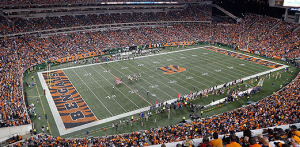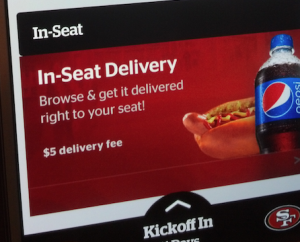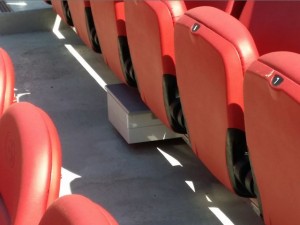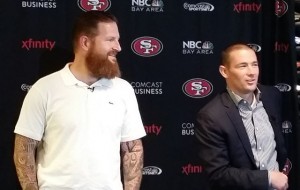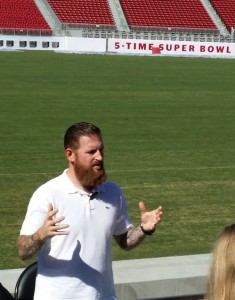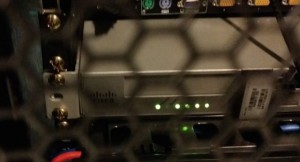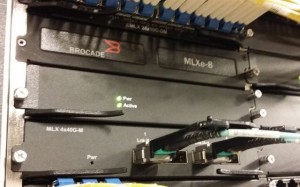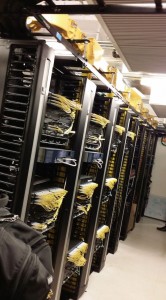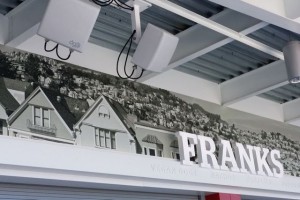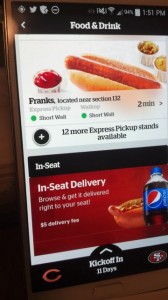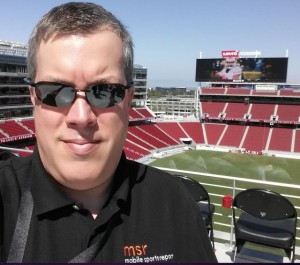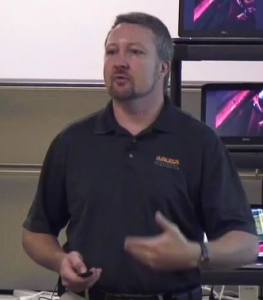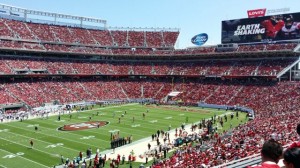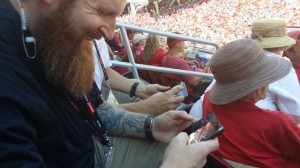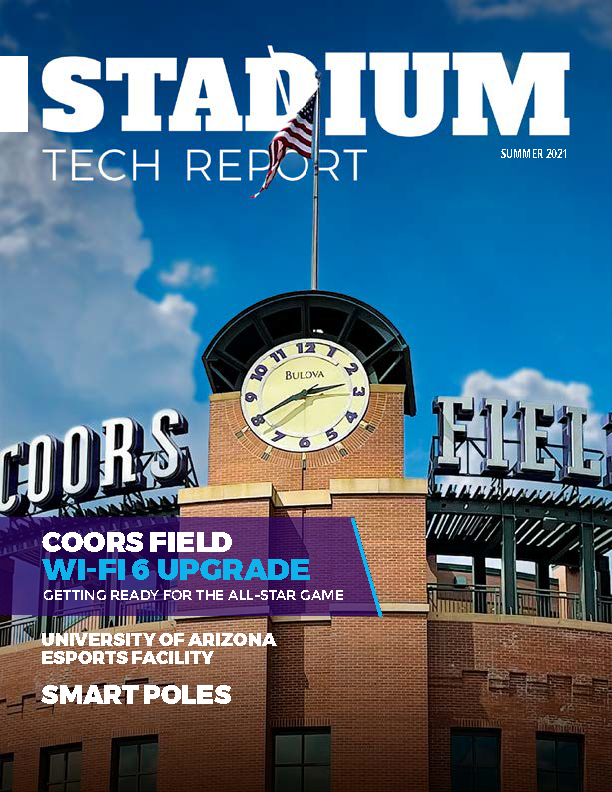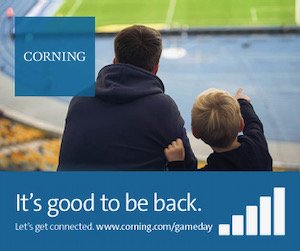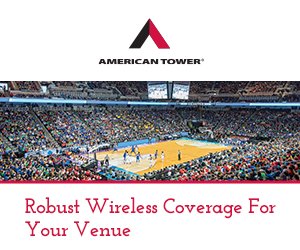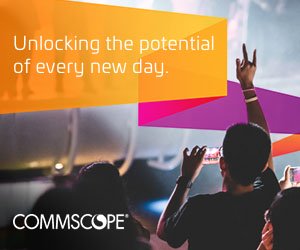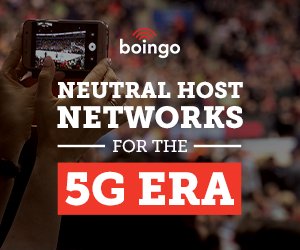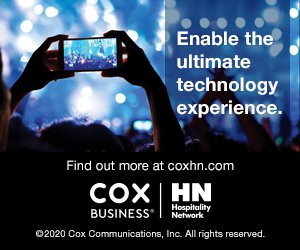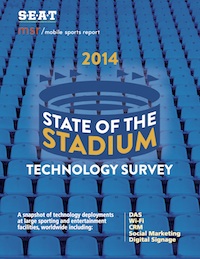 We cover a lot of news about stadium Wi-Fi and DAS deployments, but how many venues out there in the real world actually have such systems deployed? How are their fans using it? And what about other types of stadium-specific technology, like digital signage, social media and CRM systems? How are teams, schools and stadium owner/operators really using technology to improve the fan experience while also improving their business bottom line?
We cover a lot of news about stadium Wi-Fi and DAS deployments, but how many venues out there in the real world actually have such systems deployed? How are their fans using it? And what about other types of stadium-specific technology, like digital signage, social media and CRM systems? How are teams, schools and stadium owner/operators really using technology to improve the fan experience while also improving their business bottom line?
For the second straight year, we asked those questions and more and bring you the answers in our State of the Stadium Technology Survey for 2014, available for free download. Like last year’s inaugural survey, this year’s takes a look at deployments of Wi-Fi and DAS, of digital signage and CRM, and social media campaigns. It is the only numerical survey of this market that we know of, and with more than 70 respondents across all U.S. pro leagues, major colleges and other venues like race tracks and golf courses, we think it represents a pretty good snapshot of where technology deployment stands right now.
What did we find out this year? Mainly that on the wireless side, DAS deployments are far outpacing Wi-Fi, with 71.4 percent of respondents claiming a full-facility DAS, while just 35.7 percent said their facility had full fan-facing Wi-Fi. Our analysis of this situation is pretty clear as to why — with carriers willing to foot the bill for DAS, it’s no surprise that advanced cellular is ahead of Wi-Fi and in some cases is the only advanced wireless system in a stadium.
There’s more good stuff in the survey that we’ll break out over time, but for now why not just download the report and read through it yourself. We’d like to thank report sponsor SOLiD for enabling the free distribution of the survey results, and we’d also like to thank our partner the SEAT Conference, who once again helped us find willing participants to share their deployment statistics. SEAT conference attendees, of course, have had access to the survey since the most recent SEAT event in July; if you want early access to our survey results next year, just sign up for SEAT 2015 in San Francisco — which is already shaping up as an incredible event.
